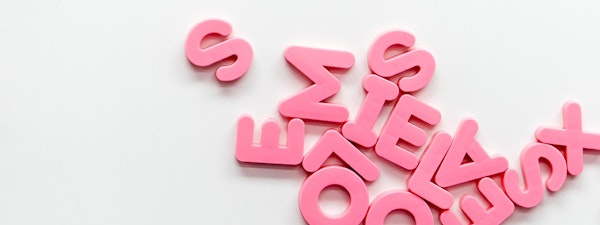
The OnTrack Reading list of phonemes consists of 43 sounds. Most curricula have 44. The difference is that we have no consonant-y sound (usually portrayed as "yuh" in print) in our list, although it surely does exist.
By way of explanation try this: Say "yuh-ar-d" then compare it to saying this: "ee-ar-d". Which way would make it easiest for a five year old to identify the word "yard" when blending the sounds together? Try it again with "yes" (yuh-e-s versus ee-e-s) and "yum" (yuh-u-m versus ee-u-m).
If you're saying sounds and blending them, I think you'll agree that the second option works best. But the /ee/ sound is one of the three vowel sounds associated with the letter y in our curriculum (/ee/-happy, /ie/-my, /i/-gym). So we advocate waiting a bit and introducing the letter y as one of the last single letters, along with q and x, which both also take a bit of additional explanation. In the case of the letter y, just tell a child to say an /ee/ sound when seeing it. Conveniently, this works at the end of a lot of words too, like happy and silly, where it truly is a vowel spelling.
Still, it's not quite as clearcut as the above examples make it seem. Consider the word year. It would decode as ee-ee-r. Ear? Clearly, something's missing. Try saying "year" and dragging it out. Do you feel your lower jaw sliding backward between the two /ee/ sounds? Therein lies the difference. The consonant-y sound does exist. It's a very short /ee/ sound with the lower jaw extended farther out than the /ee/ vowel sound.
But it only matters when the consonant-y is followed by an /ee/ sound. As demonstrated with yard, yes, and yum above, it's not a problem using an /ee/ sound when other vowel sounds follow it. And using a quick /ee/ sound makes identifying the blended result easier for kids. As for speaking the words, don't worry. English-speaking children already know how to pronounce them. This is all about decoding/reading them.
Summing Up
A child can be taught that the letter y represents three sounds, /ee/, /ie/, and /i/ and to try the /ee/ sound first. He will then generally be successful decoding words that start with what is, admittedly, a consonant-y spelling.
This simplifies the phonics code, although it does add the need to eventually explain the subtle difference when decoding words like year, yeast, and yield.
Incidentally the same case could be made for consonant-w, where /oo/ was used. Take "win" (wuh-i-n versus oo-i-n), but, unlike the letter y, there is no vowel sound associated with the letter w, so it's best to just teach the /w/ sound and try not to hang too heavy an "uh" sound on it.
Update as of December 2024
There seemed to be no need for a consonant-y sound in our Advanced Code Phonics Program because older students rarely have trouble decoding the initial letter y in words like yes and yard. Just teaching it as an /ee/ sound works fine.
The alternative at the time seemed to be to go with the widely-used yuh which is harder to blend, as discussed earlier. Lately, however, I've noted a trend toward teaching the consonant-y as a yee sound and the consonant-w as a woo sound. I think this makes good sense.
In most words starting with either y or w, the /ee/ or /oo/ options will work, but then you have words like year and yield, and woozy and wool, that would decode as ear, eeld, oozy and ool, respectively.
So, for a beginning reader, it makes sense to teach consonant-y as yee and consonant-w as woo. That gets the jaw thrust forward in the case of the consonant-y sound, and the lips pursed properly in the case of the consonant-w sound, while avoiding the blending problems that yuh and wuh cause.
In that case, our beginning reading program, should it be published, will have an additional consonant bringing the total number of sounds in the program to forty four.



